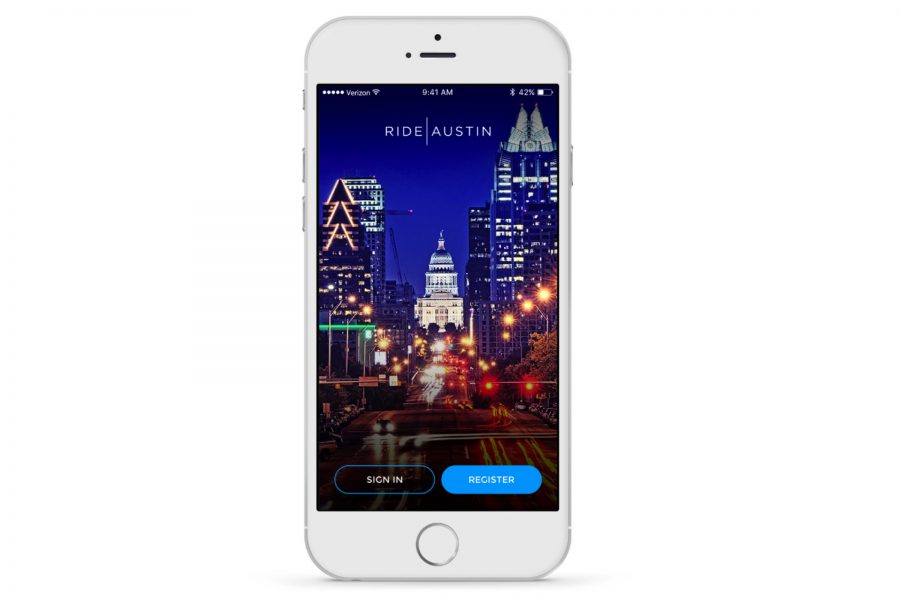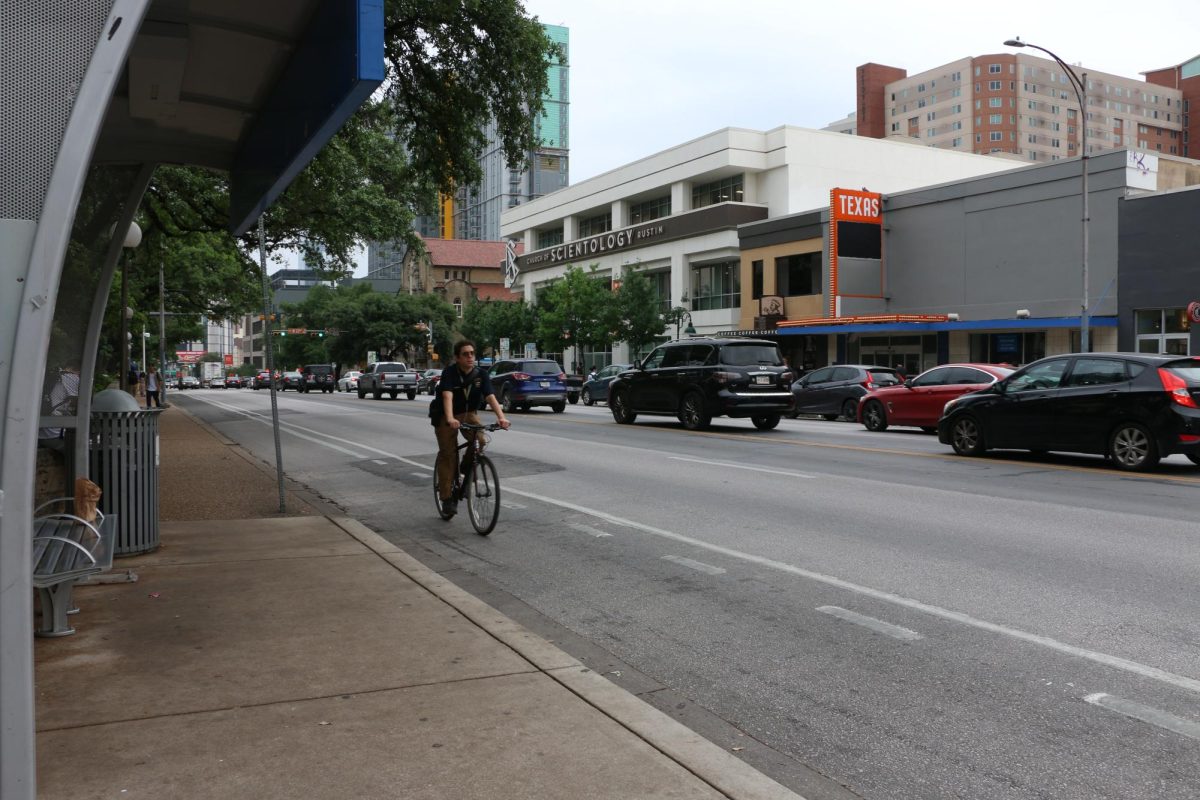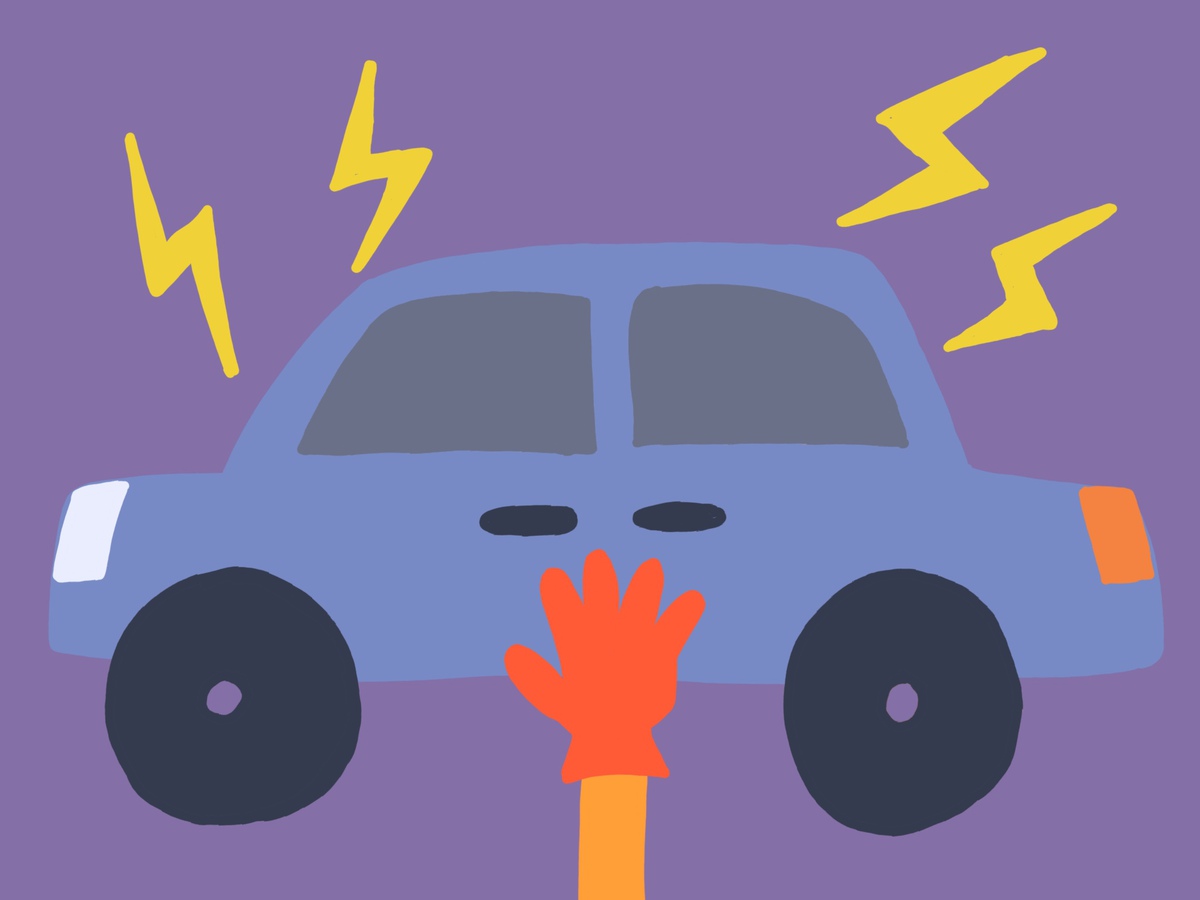A new nonprofit ride-hailing service, RideAustin, launched its app Thursday morning in an attempt to replace the departed Uber and Lyft.
Uber and Lyft left Austin last month after Proposition 1 — which would get rid of the ordinance passed in December by the Austin City Council, requiring fingerprint-based background checks and vehicle identification with a company-specific emblem — was defeated in a citywide vote. To provide the city with a riding-hailing service that complies with city regulations and gives back to the community through charity donations, RideAustin was created by local entrepreneurs Joe Liemandt and Andy Tryba. It began by serving the downtown and airport areas but will eventually expand to all of Austin.
“The night Prop 1 failed was the first conceptual development of RideAustin,” said community engagement director Joe Deshotel.
For many in Austin, ride-hailing services are the preferred way of traveling around the city, rather than taking the bus or driving themselves.
“To get to work, I used Uber or Lyft, which was easier for me because I work [downtown],” said psychology sophomore Yasmine Carter. “Now I have to drive myself”.
RideAustin differs from Uber and Lyft in two main ways.
The new service gives riders the option to round up their fare price and donate the difference to local charities of their choice. There are currently six charities users can choose, with more to come. The app also includes a feature allowing riders to pay a “boosted ratio” to get rides faster at their convenience. Riders who opt out of this will not face any price surging, which was done automatically by Uber and Lyft during peak usage times.
RideAustin will also create a roadmap for other cities and ride-hailing services by allowing all of their data to be available to the public, Deshotel said. This way, other cities can use similar models for ride-hailing services.
Through free fingerprinting vouchers for drivers and the conduction of free vehicle inspections, RideAustin covers many of the fees for drivers, Deshotel said.
Before launching its full service, RideAustin was operating in beta, servicing users with free rides, while the app functionality was being tested and drivers were being recruited.
UT alumnus Alberto Altamirano, who regularly used Uber and Lyft, said he has used RideAustin a few times since its app launch during the beta period.
“I strongly recommend it. The drivers were attentive and friendly,” said Altamirano. “It’s great to see local Austin entrepreneurs develop productive alternatives to ridesharing services.”
The RideAustin app is available for download on iOS and an Android version is in development.
“We hope that the community will embrace us,” said Deshotel.





















